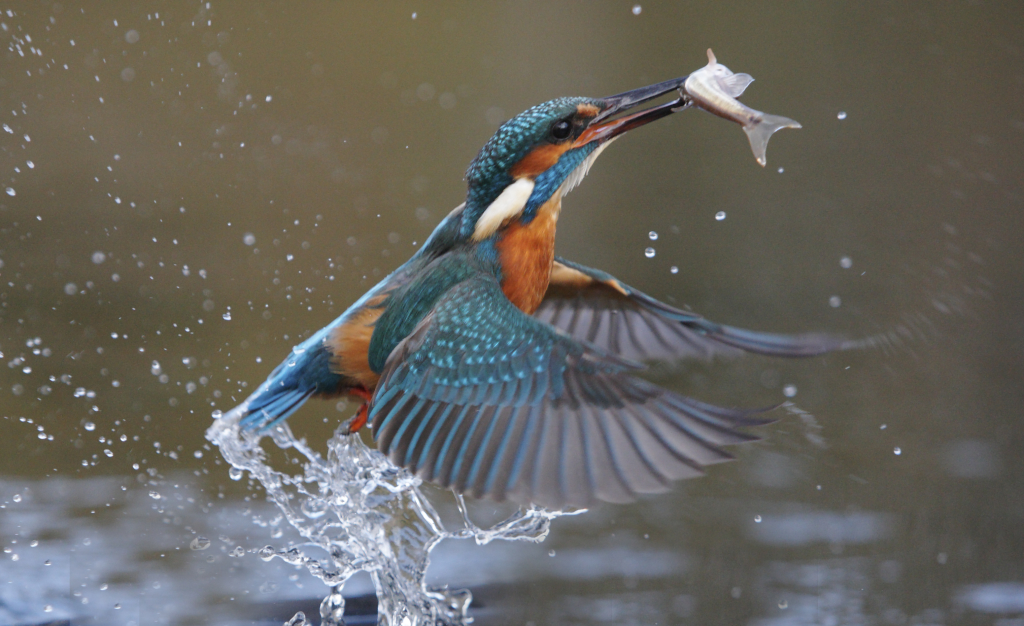 We need to better understand the processes carried out by the multitude of river organisms that together help to sustain the services that rivers provide. These organisms are part of an intricate food web that spans both the water and land. The sun’s energy is captured through the chlorophyll rich organisms within and around the river, processed by all the river organisms that munch, scrape and filter the valuable carbon energy. And in turn, through the web of life, these organisms fuel everything from brown trout to kingfishers. But we still know little about how different parts of this food web fit and function together. We also lack quantitative understanding of how these river processes contribute to delivering the key ecosystem services on which we rely: clean water, but also fish and birds that are such an important part of our culture and our enjoyment of freshwater landscapes.
We need to better understand the processes carried out by the multitude of river organisms that together help to sustain the services that rivers provide. These organisms are part of an intricate food web that spans both the water and land. The sun’s energy is captured through the chlorophyll rich organisms within and around the river, processed by all the river organisms that munch, scrape and filter the valuable carbon energy. And in turn, through the web of life, these organisms fuel everything from brown trout to kingfishers. But we still know little about how different parts of this food web fit and function together. We also lack quantitative understanding of how these river processes contribute to delivering the key ecosystem services on which we rely: clean water, but also fish and birds that are such an important part of our culture and our enjoyment of freshwater landscapes.
Researching our UK upland sites, we find the position of a particular species in river food webs (e.g. how high up the food chain a species is) can be largely explained by a few simple ‘rules’, such as how large the species is. Effectively, big organisms eat smaller organisms that in turn prey on even smaller organisms. Indeed, we have found this ‘Russian doll’ pattern to be repeated across rivers in very different settings. Interestingly, we are finding that some river fish, such as trout, are often more connected to food webs on land rather than in the water, as bugs that fall into the river from the surrounding catchment make up a large part of their diet. Conversely, some land vertebrates, such as kingfishers and dippers, often feed solely on river organisms.
